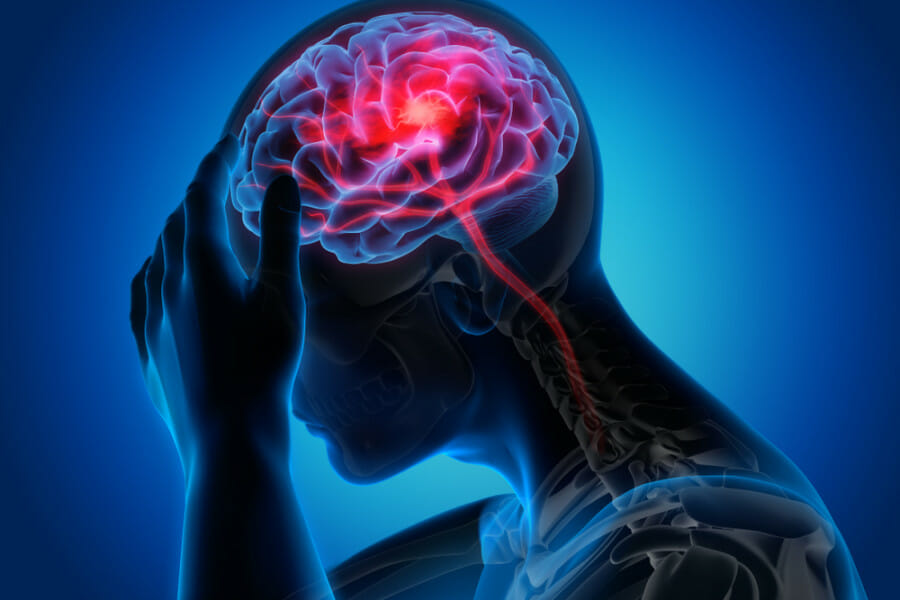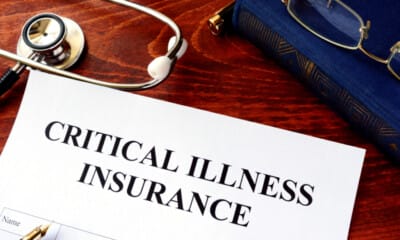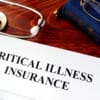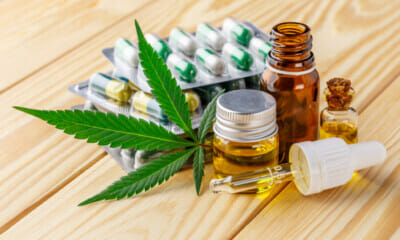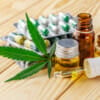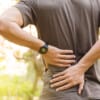6 Essential Steps To Recover From A Stroke
Every year, approximately seven million people around the world experience a stroke. Recovery from a stroke can be challenging, and the long-term effects can vary, including physical difficulties and other health issues…
This article will outline the top six steps you can take to recover from a stroke successfully.
- Seek Immediate Medical Attention:
- Stroke is a medical emergency, and time is critical. If you or someone you know is experiencing symptoms of a stroke (sudden numbness or weakness, difficulty speaking or understanding speech, confusion, severe headache, or trouble with coordination), call 911 or your local emergency number immediately. Early intervention can minimize damage and improve outcomes.
- Acute Medical Treatment:
- After arriving at the hospital, medical professionals will assess the type of stroke (ischemic or hemorrhagic) and determine the most appropriate treatment. Ischemic strokes may be treated with clot-busting medications like tPA (tissue plasminogen activator), while hemorrhagic strokes may require surgical interventions.
- Rehabilitation:
- Stroke survivors often require rehabilitation to regain lost abilities and improve quality of life. Rehabilitation programs may include physical therapy, occupational therapy, and speech therapy, depending on the individual’s needs. The goal is to regain strength, mobility, and independence.
- Medication and Ongoing Medical Care:
- Stroke survivors may be prescribed medications to manage risk factors and prevent future strokes. Common medications include blood thinners, cholesterol-lowering drugs, and medications to control high blood pressure. Regular follow-up appointments with healthcare providers are essential for monitoring progress and adjusting treatments as needed.
- Lifestyle Changes:
- Adopting a healthy lifestyle can significantly reduce the risk of future strokes and support recovery. This includes:
- Eating a balanced diet that’s low in saturated fats and high in fruits, vegetables, and whole grains.
- Maintaining a healthy weight.
- Regular exercise as recommended by healthcare professionals.
- Monitoring and controlling blood pressure, cholesterol levels, and blood sugar.
- Avoiding smoking and excessive alcohol consumption.
- Managing stress through relaxation techniques or counseling.
- Adopting a healthy lifestyle can significantly reduce the risk of future strokes and support recovery. This includes:
- Support and Education:
- Stroke survivors and their caregivers benefit from support and education. Joining support groups or seeking counseling can help manage the emotional and psychological aspects of recovery. Learning more about stroke and its prevention can also empower survivors and their families to make informed decisions.
Remember that stroke recovery is a gradual process, and progress may vary from person to person. It’s crucial to work closely with healthcare professionals, follow their recommendations, and maintain a positive outlook throughout the journey to recovery. Rehabilitation and ongoing medical care are essential for maximizing the chances of regaining function and improving quality of life after a stroke.


